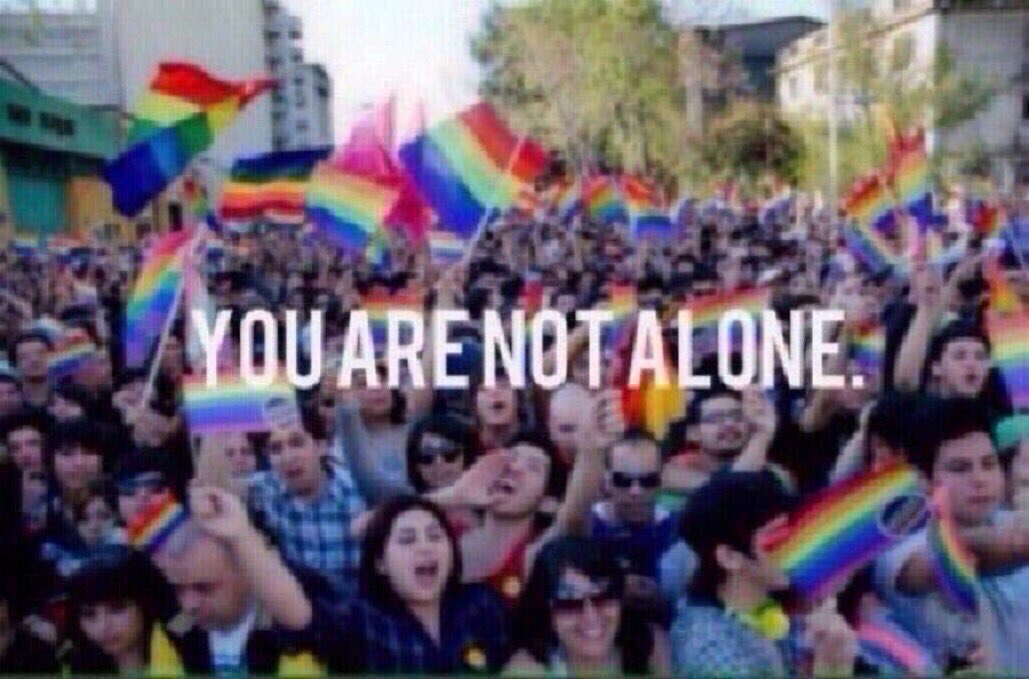Gender and Education in Jammu & Kashmir: Cross Sectional Trends
Author: Dr Waqar Ul Nisa
Publisher: Jay Kay Books, Srinagar, Kashmir
Year of Publication: 2018
Pages: 192 Price: Rs 995
Reviewed By Mushtaq Ul Haq Ahmad Sikander
Education and Gender both are relative yet interdependent terms. A lot of ambiguity prevails about the use of these terms because education is confused with literacy and gender with biological differences. Is Gender related to Education or can Education influence the construct of Gender in a society need deeper understanding and critical engagement both with the institutions of education and those that reinforce the concept of gender in social realms. The present book under review written by a young scholar Dr Waqar tries to engage with the pertinent question of gender and education.
The book is divided into two sections comprising of seven chapters and a conclusion. The first chapter provides a history of women education in Kashmir from ancient to our contemporary times. The chapter is textually rich but the engagement with religion and its attitude towards women education has not been dealt properly. The autobiography of Shamla Mufti, Chilman Sey Chaman would have served as a reference point in this context, because in her story the intersection between caste, religion and gender become evident. But that source has not been consulted so has been the case with other references that are available in vernacular languages like Urdu that includes autobiographies of educationists like Agha Ashraf Ali, Kuch Tou Likyey Ki Log Kehtey Hain! Critical engagements with texts in vernacular languages would have rendered the analysis quite sound.
An important chapter of the book Literacy and Education deliberates with the distinction between the same, but again fails to make a relationship between them. It leaves other important questions like Education and Patriarchy for the reader to brood over. In what aspect the textbooks, pedagogical practices and educational institutions are failing to produce better, productive, socially engaged and gender just human beings is also not discussed. Although the legal and term specific definitions of education versus literacy are provided but the critical question of failure of educational institutions to produce better human beings is avoided. This crisis of our education is one of the grave threats facing humanity where education, research, pedagogy is being used to contain, denigrate, demean and neo-colonize the humans. Those who invest more on knowledge production are more powerful and this soft power is retrograded to realistic power. The realistic power is used subsequently to fuel wars, violence and destroy nations and people. We all are a witness to such a misuse of our education. With the spread of education gender relations have become skewed, asymmetrical and biased. The more literacy levels increase the more epidemic increase is witnessed in gender related crimes all over the world. The patriarchal religious theocracy, cultural norms and misogyny is becoming more aggressive in its manifestations. Education has long been left out to fight these social evils that are prevalent in our societies. Instead misinterpretation of religion, culture and social norms is used to justify these imbalanced gender relations. Our educational institutions particularly the women led are failing to play its social role, as Waqar very well states, “Ironically, women in the valley have not yet found niches in the upper echelons of decision making bodies- political, religious or social. Had it been any western society, a mass women’s movement would have evolved against these atrocities which would have shaken the entire sub continent. And the women’s college, given its role in Kashmir’s social development in the past, would have been a source and inspiration for such a movement. But nothing of that sort has happened. Rising against oppression is its past and producing flocks of students unable to rise for the genuine rights seems to be its present and immediate future”. (P-81).
Armed conflict and its impact on women education is analyzed in another chapter. Despite the raging violence all around it needs to be acknowledged that enrollment ratio did not show a regressive trend in Kashmir. Education continued in the midst of violent conflict. During the initial years of armed insurgency and brutal state response it did have a negative impact on education particularly women education but Kashmir overcame its ill impact quite quickly. But our educational institutions have yet failed to devise a model of education and conflict resolution that can provide an alternative to violence, gender discrimination and politically contested claims.
In the second section of the book Dr Waqar has provided the content analysis of enrollment data about girl education from school to university levels during a decade (2000-2010). She has described her ordeal while analyzing the data because there is unavailability of statistical data and other such issues that created obstacles for the quantitative research. She has critically analyzed the data but has failed to make out the facts about girls opting for more science or humanities subjects? Dr Waqar in the conclusion has summarized her analysis while offering some suggestions about improving the education and literacy among girls in Srinagar district.
Overall the book is a nice attempt at understanding the education trends among females. Some areas that need improvement for the next edition of the book include its shortcomings with use of data of just one university whereas there are various universities operating in the state and confining her research just to one district whose trend certainly cannot be generalized. Overall Dr Waqar and the publisher both need to be applauded for their efforts, as they have made the research available to the masses and future researchers.
M.H.A. Sikander is Writer-Activist based in Srinagar, Kashmir and can be reached at sikandarmushtaq@gmail.com




